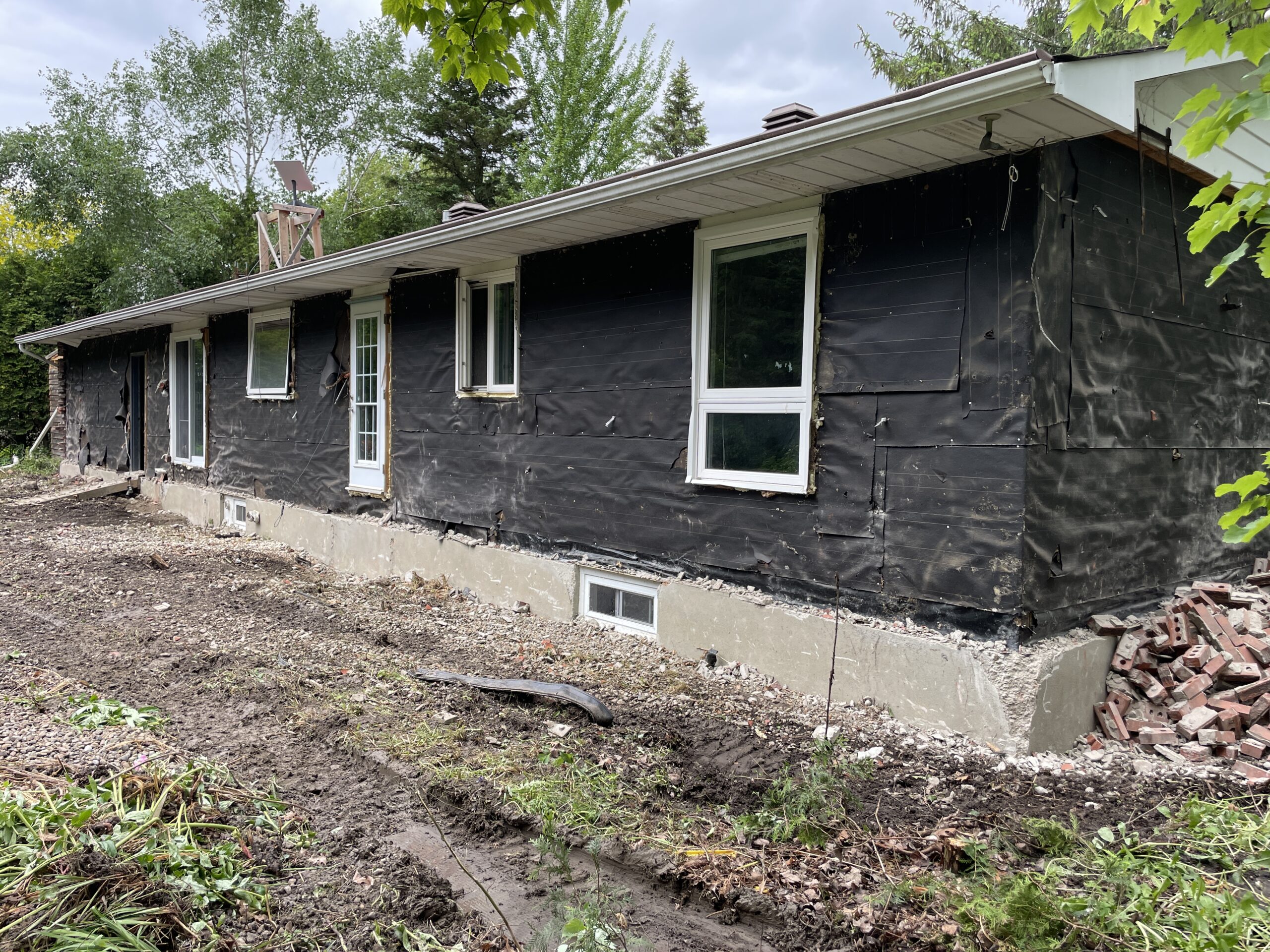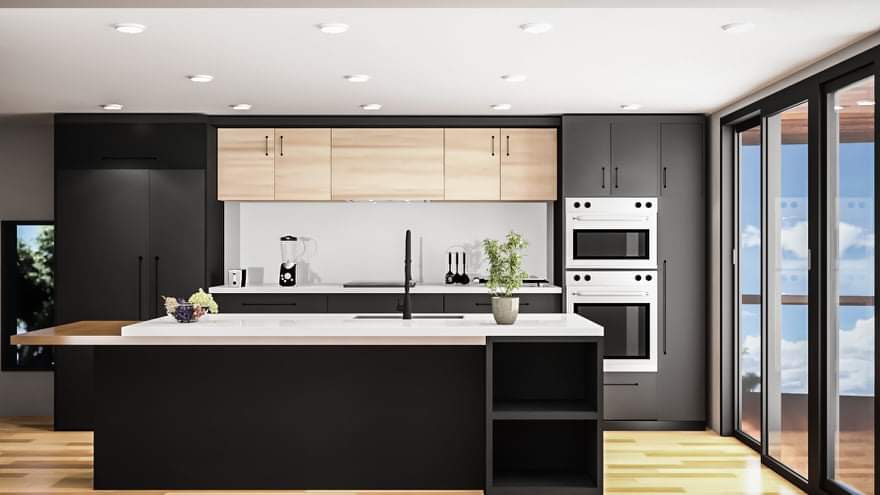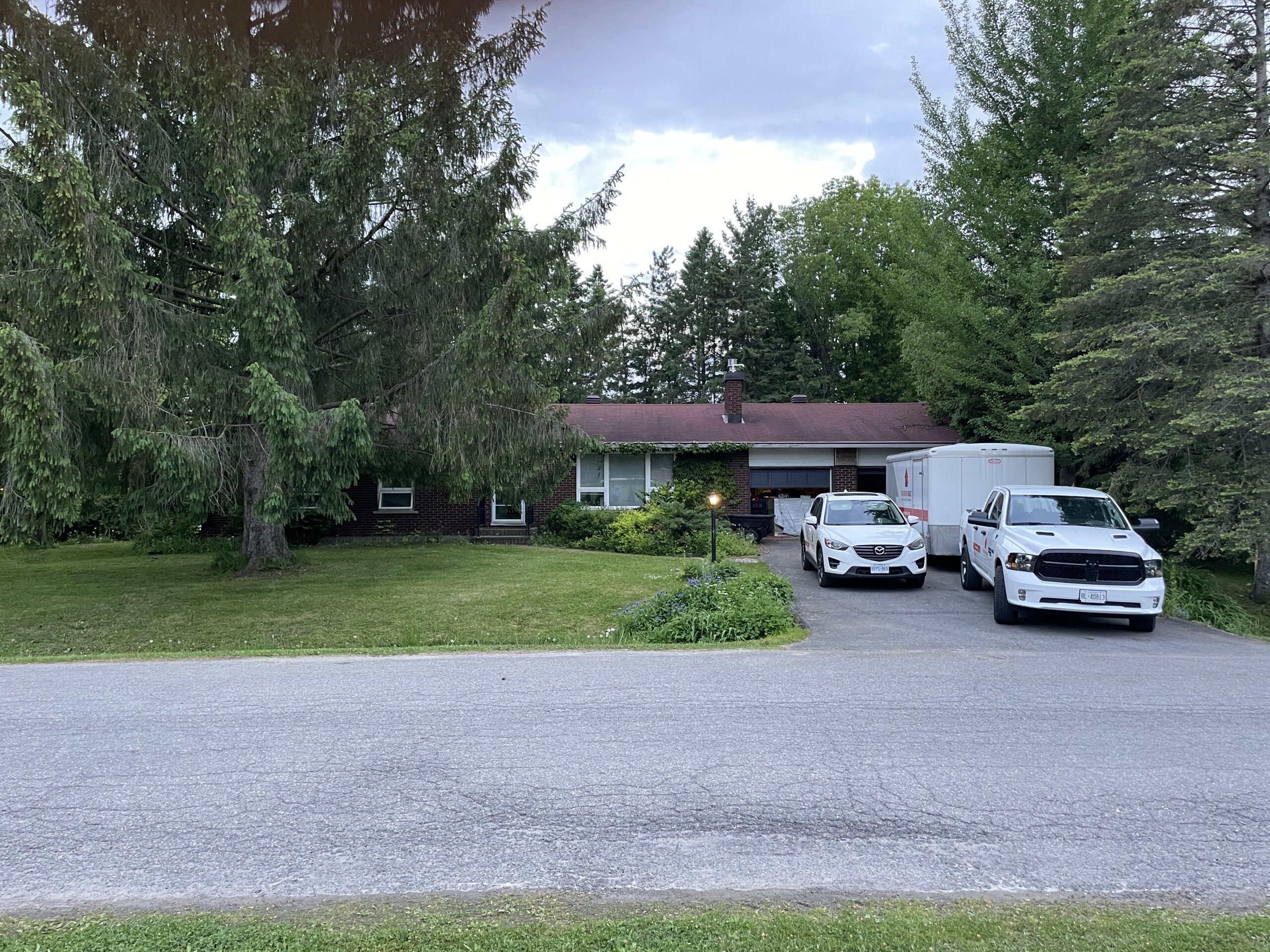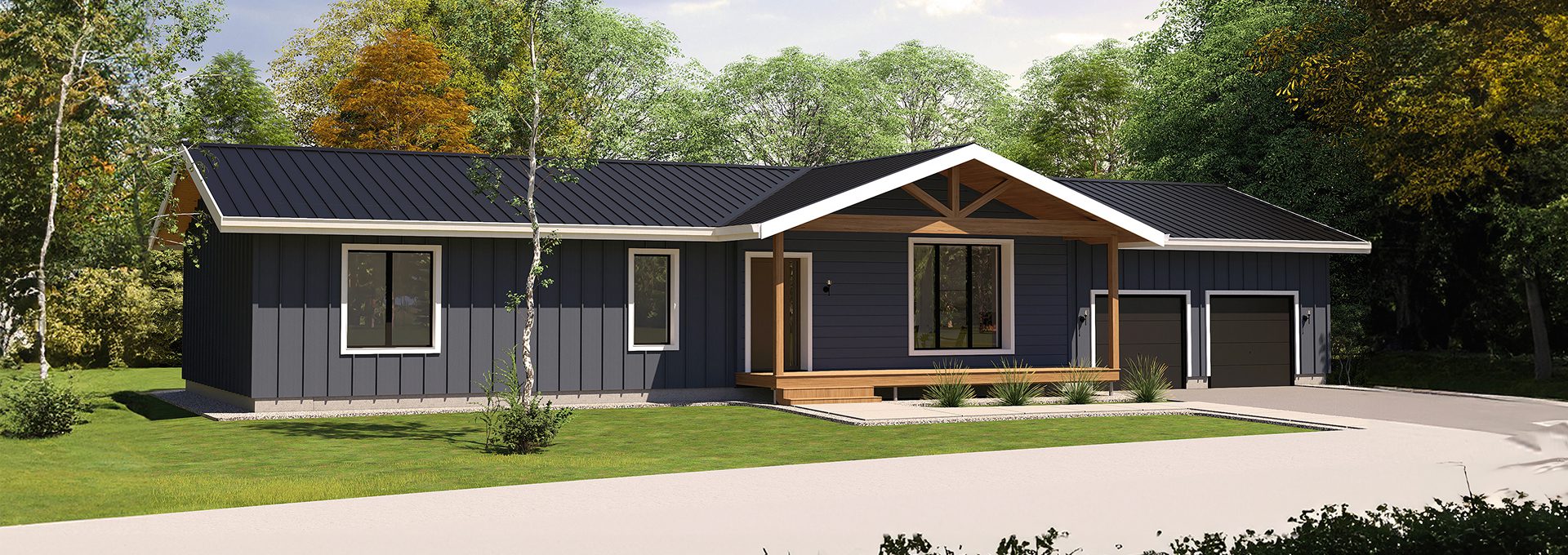Houses that don’t last

One night, years ago, I was dozing on the couch with the TV still flickering in the background. Out of nowhere, I opened my eyes around 2 a.m.—and what I saw still sticks with me. A line of mice, bold as anything, was sprinting across the living room floor, coming straight through the fireplace and racing toward the kitchen like they owned the place.
That was the moment I knew something had to change. I wasn’t running a shelter for wildlife – I just wanted a home for me and my family. But the signs were everywhere: scratching in the attic, ants nesting in soft, rotted wood, cold drafts sneaking in around the windows. It wasn’t just uncomfortable. It was clear the house was on its way downhill.
As a builder, I decided to treat the renovation like an autopsy. What I uncovered was eye-opening. After only forty years, this house was crumbling. The problem wasn’t just bad luck – it was the way it was built. Back then, “building science” wasn’t really considered, or understood, like it is today..
And here’s what I learned: our homes fall apart for two reasons—air leaks and water. Warm air pushes out in winter, cold air sneaks in, and condensation forms inside the walls where no one can see it. That hidden moisture feeds mould, rots wood, and attracts insects. Cracks and gaps welcome rodents. Even the attic insulation turns into a cozy nest for whatever moves in.
It doesn’t have to be this way. We know how to build better. It comes down to care and intention – designing with purpose, hiring trades who treat their craft seriously, paying attention to details, choosing the right materials, and installing them properly.
Because at the end of the day, this isn’t just about houses. It’s about people. It’s about giving our kids, our parents, and ourselves a safe, healthy place to live – a home that won’t fall apart after a few decades.
We only get one chance to build it right the first time. Let’s make it count.


